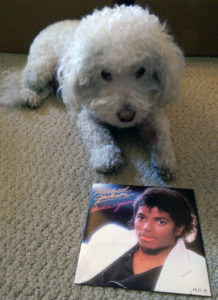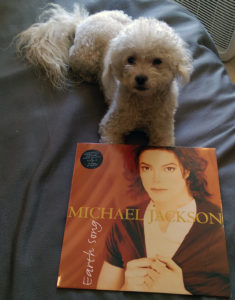By 1986, Aerosmith appeared to have had their best years behind them. Sales of their releases that decade lagged significantly behind their hits in the 1970s, and the group’s members were struggling with drug addictions.
They did have fans, though. One was music producer Rick Rubin. He was working with rap group Run-D.M.C., who were known in hip hop circles and with music critics for incorporating rock guitars and beats in their boastful raps, such as “Rock Box” and “King of Rock.”
Rubin suggested Run-D.M.C. do a remake of Aerosmith’s 1977 hit “Walk This Way,” but the rappers had no interest in doing a cover. However, the group’s DJ, Jam Master Jay, was open to the idea, and Rubin called Aerosmith’s Steven Tyler and Joe Perry to come into the studio. Perry was familiar with the rappers, as his stepson was a fan. Jam Master Jay convinced Run and D.M.C. to give the remake a shot, seeing as Tyler and Perry were in the studio with Rubin.
The Run-D.M.C./Aerosmith version of “Walk This Way” was not only massively successful, but highly influential as well. It became Run-D.M.C.’s first crossover hit, and the first rap track to make the top ten of Billboard’s Hit 100, peaking at #4, six notches higher than Aerosmith’s original peaked. It opened the door to future song/rap collaborations, something that continues to dominate the charts to this day, not to mention bringing “rock rap” to a wide audience.
Steven Tyler went to rehab in 1986, and the other members of Aerosmith also sought treatment for their drug addictions. On the heels of the success of the “Walk This Way” remake, Aerosmith released the Permanent Vacation album in the late summer of 1987. Its first single, “Dude (Looks Like a Lady),” became the group’s first hit single outside the Run-D.M.C. collaboration since 1978’s “Come Together.” They followed that single with a string of big hits over the next few years, including “Love in an Elevator,” “Cryin’,” “Janie’s Got a Gun,” “I Don’t Want to Miss a Thing,” “Livin’ on the Edge,” and “Jaded.”
This week’s Throwback Thursday playlist spotlights the best of 1986, kicking off with the groundbreaking “Walk This Way,” performed by Run-D.M.C. and featuring Aerosmith’s “Steven Tyler and Joe Perry.
Click here to like Tunes du Jour on Facebook!
Follow me on Twitter: @TunesDuJour
Follow me on Instagram: @GlennSchwartz



